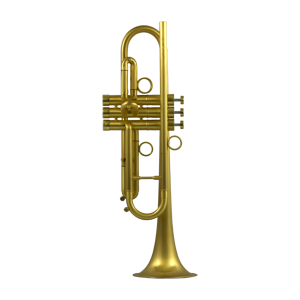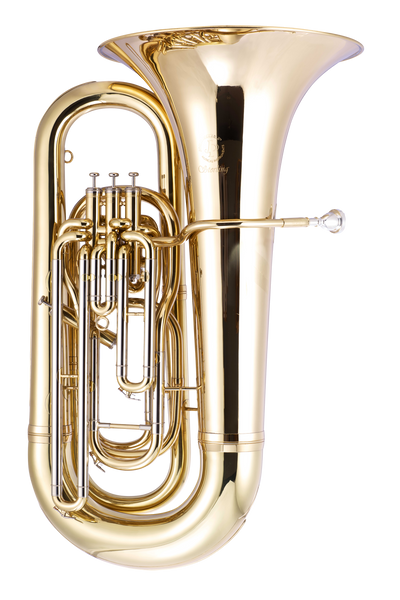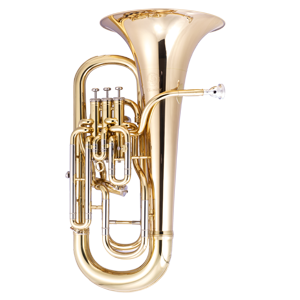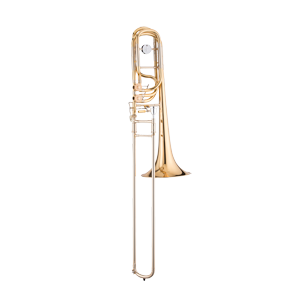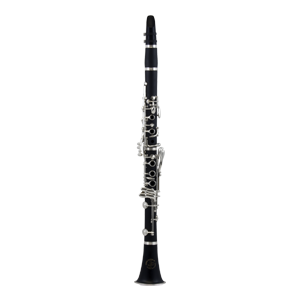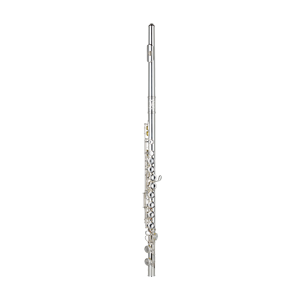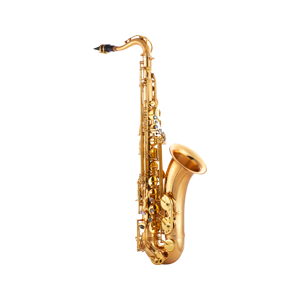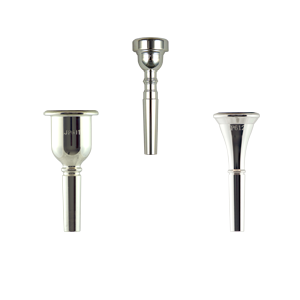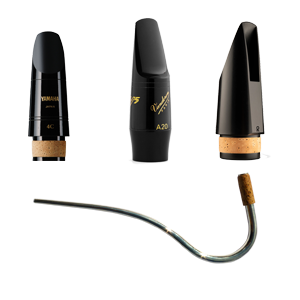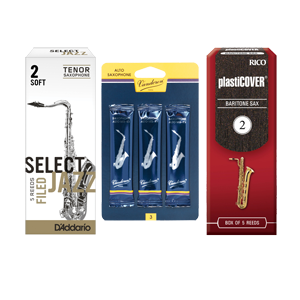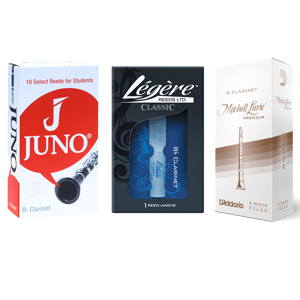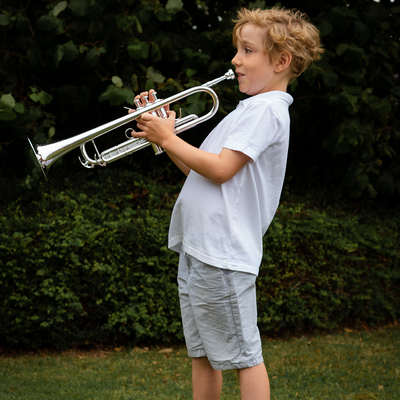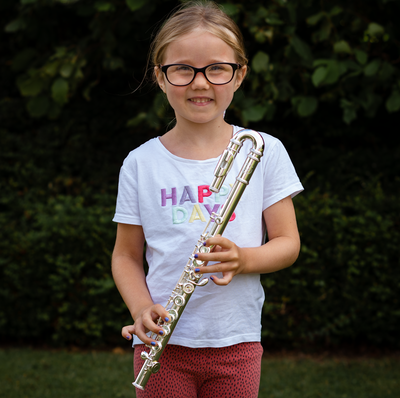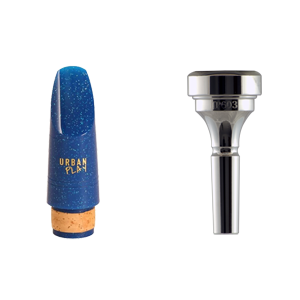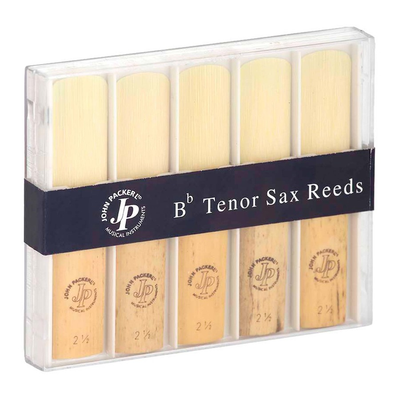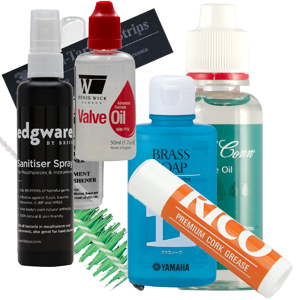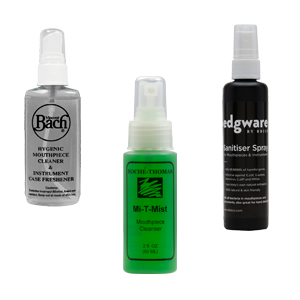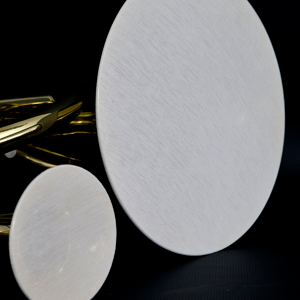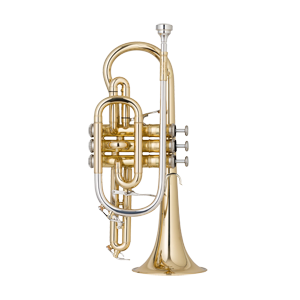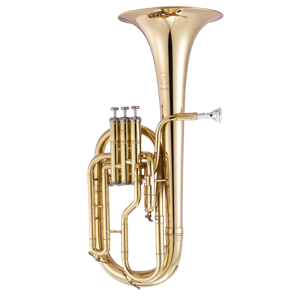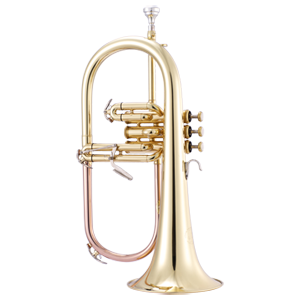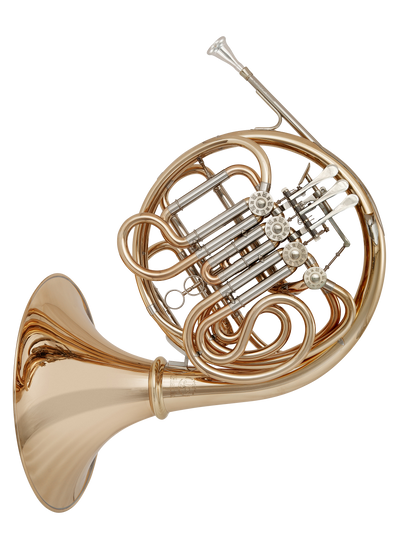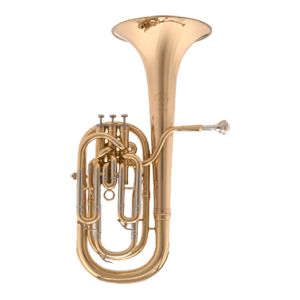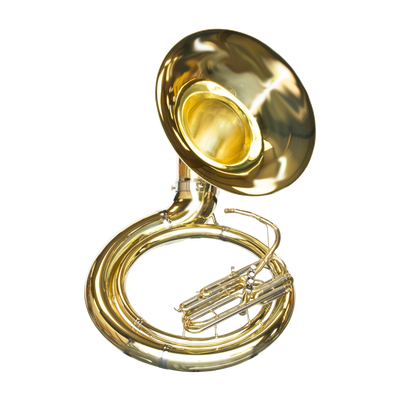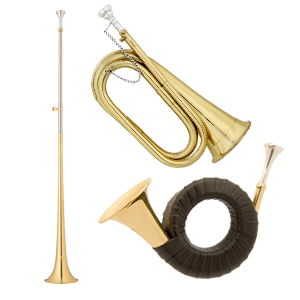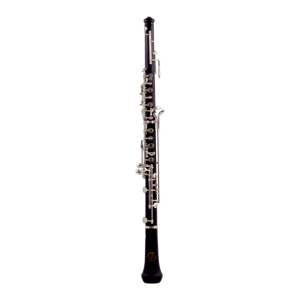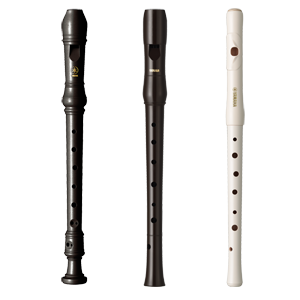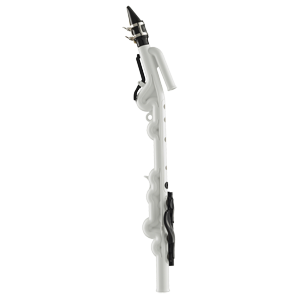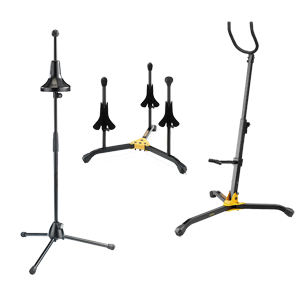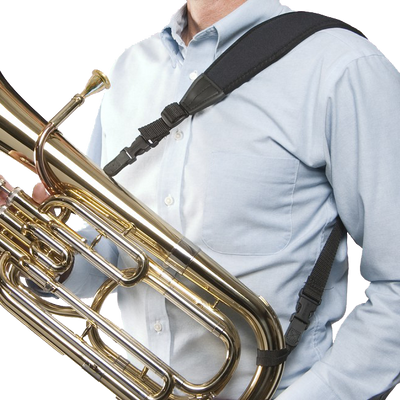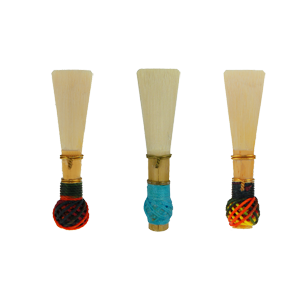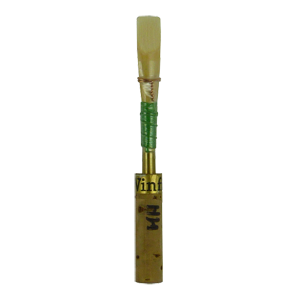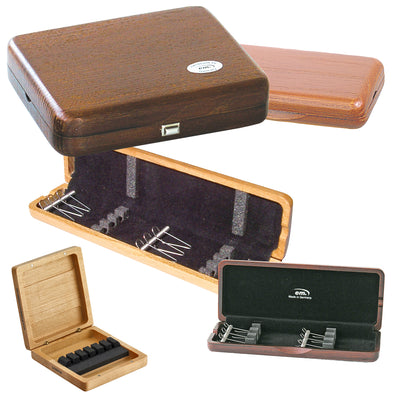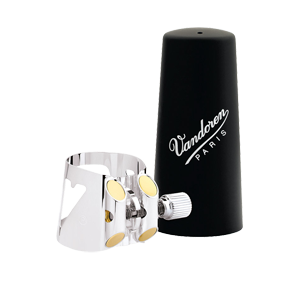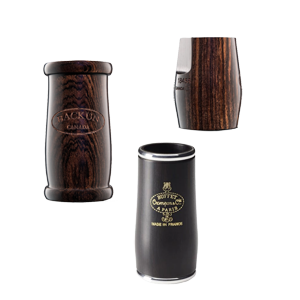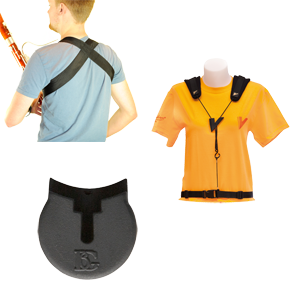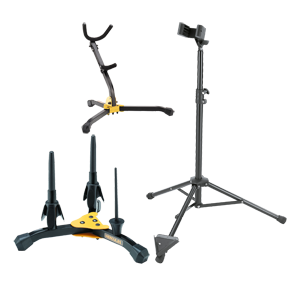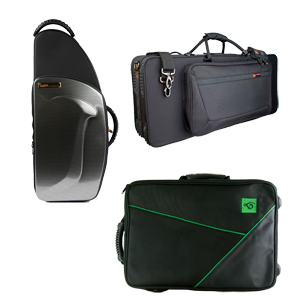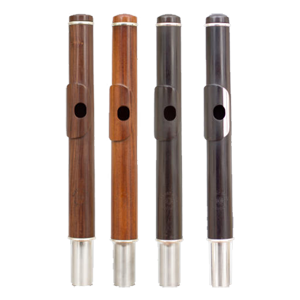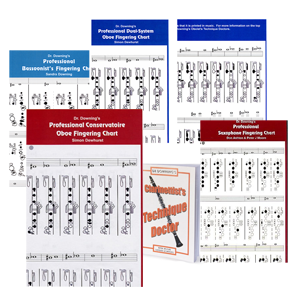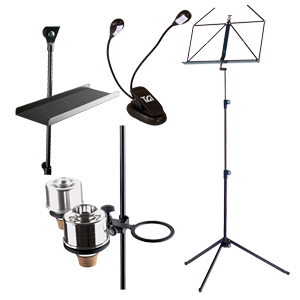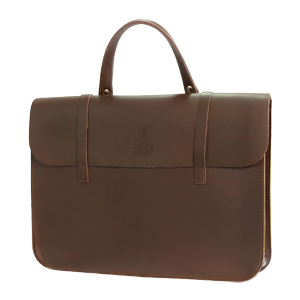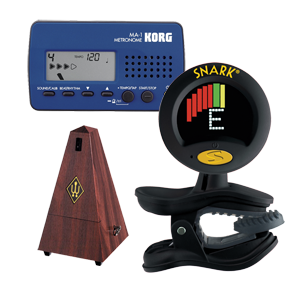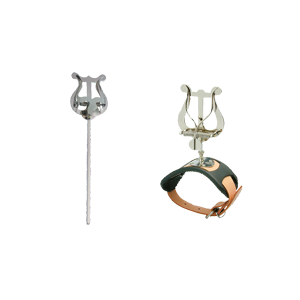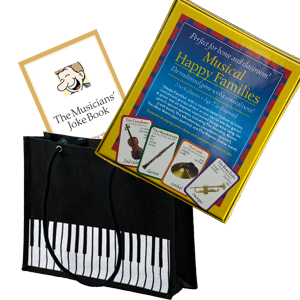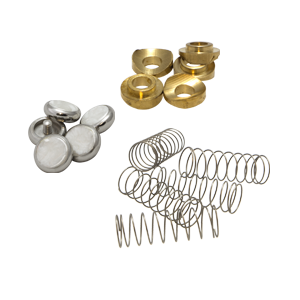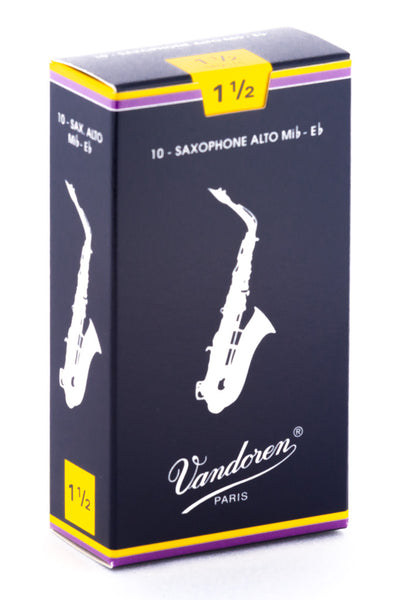A guide to buying your first cornet
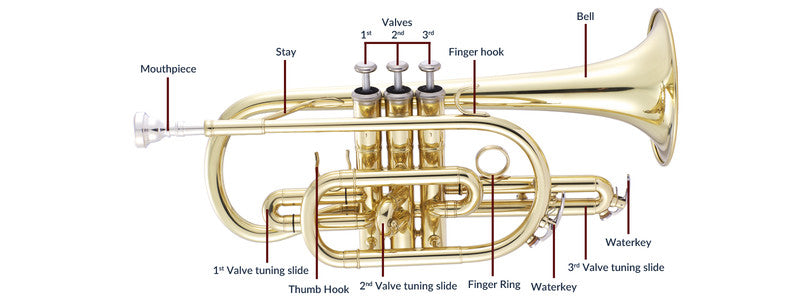
The cornet is a mainstay of the traditional British brass band but also has application within windbands and sometimes in orchestras. As part of the wider trumpet family, players are easily able to switch between the cornet, trumpet and flugelhorn as they all share the same fingering. All three instruments also have the same length of tubing (roughly 4 ½ ft) but in varying configurations, with the cornet featuring the tightest wrap.
The cornet is a fantastic choice for younger players as it is easier to hold when compared to the trumpet. Many younger players will start on a cornet before transitioning to the trumpet when they are slightly older.
There are two different types of cornet, a standard Bb model and the smaller, more niche, Eb soprano version. The standard Bb is strongly recommended for first time players with the Eb used solely within brass bands. A student cornet should be suitable for most players for 2-3 years before an upgrade is considered.
Types of Cornet
| Type | Key | Application | Other Comments |
|---|---|---|---|
| Bb | Bb | Brass Band, Windband, Orchestra, Solo | Strongly recommended for new players |
| Soprano | Eb | Brass Band |
Younger Players
Learning a musical Instrument at a young age has a whole host of benefits but it is important that children are comfortable holding and playing their instrument before they start their musical journey in earnest.
The cornet is a great choice for younger players as it is easier to hold when compared to the trumpet. Being physically shorter in length players with shorter arms will find maintaining a good posture easier to hold for a longer length of time.
The other consideration for younger players is their ‘embouchure’ or mouth position when starting at a young age. Developing a good embouchure can take many years and relies on making small adjustments over time. It is usually best to wait until adult teeth are fully in place so that a stable mouth and teeth position is set for players to use as their baseline for embouchure development.
If children are very keen to play before they are physically capable of playing the trumpet, there are a number of other options.
Start on a cornet
The cornet, whilst being physically smaller and lighter than a trumpet, is identical in finger positions, range and sound. This can overcome some of the physical challenges of the trumpet and may enable players to start playing at a slightly younger age. Once slightly older, players can easily switch over to playing the trumpet.
Plastic Instruments
A relatively recent development in the music instrument, plastic instruments are becoming more popular as their quality improves. Available for many different instrument types, (Trumpet, Cornet, Trombone, Flute, Clarinet, Saxophone), plastic models are very light which may reduce fatigue during practice. However, given that they are the same physical dimensions, players will still need to support the instrument at a suitable distance away from the mouthpiece. Many will assume that plastic instruments are more resistant to damage compared to their brass counterparts, and whilst that is true to some degree in terms of dinks and small dents, it should be noted that plastic instruments aren’t indestructible and when they do break, they can rarely be repaired.
Features
Bore
Although the trumpet and cornet share many similarities, the bore is one of the key areas in which they differ. The cornet’s bore is conical or cone like in shape which increases in diameter down the length of the instrument. This gives the cornet a much warmer and softer sound when compared to the trumpet. In contrast, the trumpet’s bore is cylindrical, not changing in diameter throughout the instrument.
Most cornets have a medium-large bore measuring between .453” and .464” inches. A smaller bore is usually characterised by a tighter, brighter tone.
Valves
Like the majority of brass instruments, smooth performance from your cornet’s valves is vital. Sticky or seized valves are a common issue with cheaper student instruments so be sure to check these carefully. Learning how to correctly oil your instrument’s valves will also be invaluable in reducing these kinds of issues.
Valves on student tend to be nickel-plated. These are hard wearing, durable and perform well without frequent maintenance. Higher standard cornets may be fitted with Monel valves which although capable of a higher standard of play, will require more frequent maintenance as they are softer when compared to nickel-plate. However, Monel valves are corrosion resistant so tend to have a longer overall lifespan. The quality of the other valve components will also play a part in the overall performance of the valve. Is the valve spring responsive? Do the valve guides fit well?
Bell
Bell size and material have a significant effect on the sound of your cornet. The majority of cornets tend to have a bell size of around 4.5”. A larger bell will project your playing more effectively and over a wider area at the same level. The material that your bell is made from also makes a significant different to the tone of sound that you produce. See the ‘material’ section for further details.
Your cornet will either have a one-piece or two-piece bell. This describes how many pieces of brass (or other material) were used to create the bell section of your instrument. Student cornets tend to feature two-piece bells as the manufacturing process is quicker and easier. More expensive, higher standard instruments may feature a one-piece bell which has usually been hand crafted. Instrument with a one-piece bell tend to have a slightly clearer sound as the sound is not adversely affected by the join in the bell section.
Finger Hooks & Thumb Rings
These components make holding your instrument more comfortable and help you make small tuning adjustments. If the cornet is being purchased for a younger player, it is worth considering a model with an adjustable 3rd valve slide ring. These are very useful for making adjustments for smaller hands and can be changed overtime as the player grows older.
On more expensive cornets, 1st and 3rd valve slide ‘triggers’ may replace the finger ring and thumb hook. These help players to make small adjustments to tuning more easily.
Waterkeys
These allow moisture to be easily drained from your trumpet and if used regularly can help increase the lifespan of your instrument. The majority of models will feature a waterkey on the main tuning slide and one on the 3rd valve slide. Several different types of waterkey can be found, the ‘traditional’ lever and spring version tends to be more common on student cornets. On some models, you may come across ‘Amado’ waterkeys which some claim give a better seal reducing air leakage. Physically, they also take up less space on your instrument but require more maintenance as they need oiling from time to time.
Material
Traditionally Brass tends to be the most common material that cornets are constructed from. A number of different types of brass are commonly found usually differentiated by the ratio of copper to zinc. Yellow Brass is most commonly found on student models and has a copper content of about 70% (30% zinc). High grade 80:20 brass becomes more common in step-up and more professional standard models. Rose, or red, brass has the highest copper content at about 90% and is capable of achieving a warmer, mellower tone more easily. Rose brass can sometimes be found in the construction of some leadpipe and bell sections on student cornets. This can support the swift progression of newer players and also has the advantage of resisting ‘red rot’ and corrosion.
Recommended Accessories
Cornet stand
Given that cornets and trumpets share similar bell sizes, many ‘trumpet’ stands can be used interchangeably with cornets. A good quality instrument stand will help avoid accidental knocks and accidental damage to your cornet. We always recommend placing your trumpet back in its case after each practice.
Valve Oil
A vital piece of maintenance equipment for all brass players, valve oil will enable you to keep your cornet in top playing order and will stop your valves from sticking or seizing completely. Many different brands are available depending on your personal preference.
Brass Mouthpiece Brush
Well-designed for a specific task, a brass mouthpiece brush makes cleaning your mouthpiece simple and quick.
Lyre
A lyre is particularly useful for marching band and carol musicians as it holds sheet music securely in place. Great for when a music stand isn’t practical! Both straight and bent versions are available depending on the position of your cornet’s lyre box.
Silver Polishing Cloth
These cloths are impregnated with silver polish and help restore the shine to your brass instrument. Although designed for use on instruments with a silverplate finish, they work just as well with lacquer finish models.
Popular Student Models
John Packer JP071 Bb Cornet
Competitively priced with first time players in mind, the JP071 features a rose brass leadpipe supporting new players with a bright, warm tone. This model is supplied with a good starter mouthpiece and lightweight yet durable case for easy transport, a good all-around starter model.
Yamaha YCR-2330 III Bb Cornet
This Yamaha ‘2’ series cornet benefits from the impressive build quality that Yamaha are renowned for. This model features monel valves and an adjustable 3rd valve slide ring. This ‘III’ model has made improvements to the bell section which now features thicker brass for an improved sound.
View Yamaha YCR-2330 III Cornet
Jupiter JCR700Q Bb Cornet
This Jupiter cornet features a large 4.7” bell for superior sound projection. This model also features stainless steel valves for a durable and hardwearing action. Stainless Steel valves usually require less maintenance compared to their monel counterparts which can be an added benefit for players still getting accustomed to their new instrument.
John Packer JP171SW Bb Cornet
A significant step up from the JP071, this model features an exclusive Smith-Watkins design rose brass leadpipe. Smith-Watkins is renowned for crafting the highest quality professional cornets and has been instrumental in the design of the JP171SW leadpipe featured on this model.
View John Packer JP171SW Cornet
Yamaha YCR-4330G Bb Cornet
Yamaha’s ‘4’ series cornet is for students serious about developing their playing. This ‘G’ version has a two-piece gold brass bell for an improved sound. This advanced student model also features monel valves for a smooth and responsive action.
View Yamaha YCR-4330 II Cornet
Hire & Assisted Instrument Purchase Schemes
Several schemes are in place to support new players as they start their journey to learn the cornet. Our instrument hire scheme enables students to hire a cornet at an affordable monthly cost with a low minimum hire period of just 3 months. Should you then wish to purchase your instrument, our hire scheme allows a maximum of 6 months hire charges to be deducted from the overall cost. This is a fantastic way to get started on a limited budget!
Our Assisted Instrument Purchase Scheme (AIPS) aims to reduce the financial burden of purchasing your first instrument. If students are attending a UK based state school it is usually possible to purchase the instrument through the school benefiting from their VAT exempt status. Students must be in full time education and receiving music tuition. It is possible to combine both our instrument hire scheme and then to purchase the instrument through the school via the AIPS scheme for maximum benefit.
Find out more about the AIPS scheme



